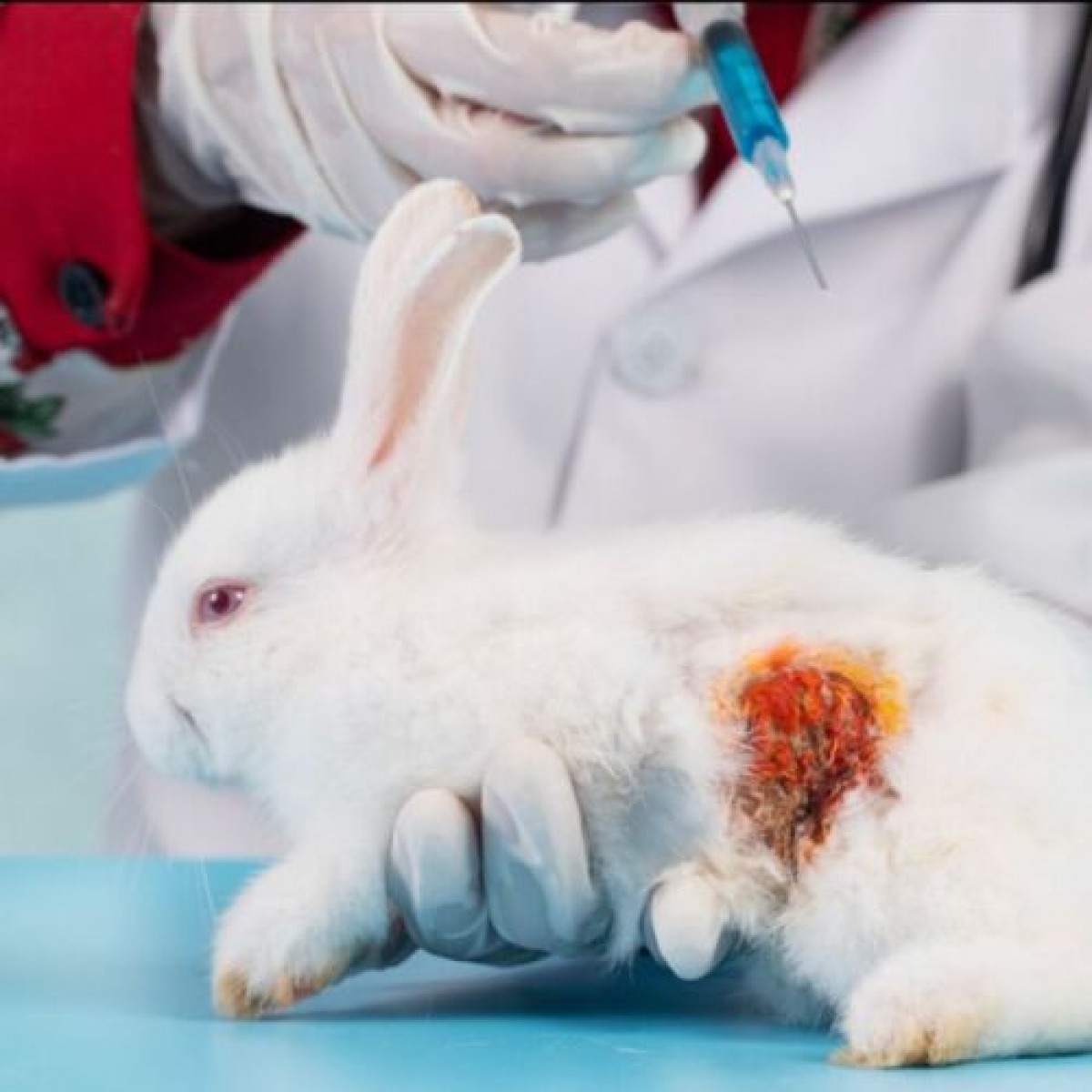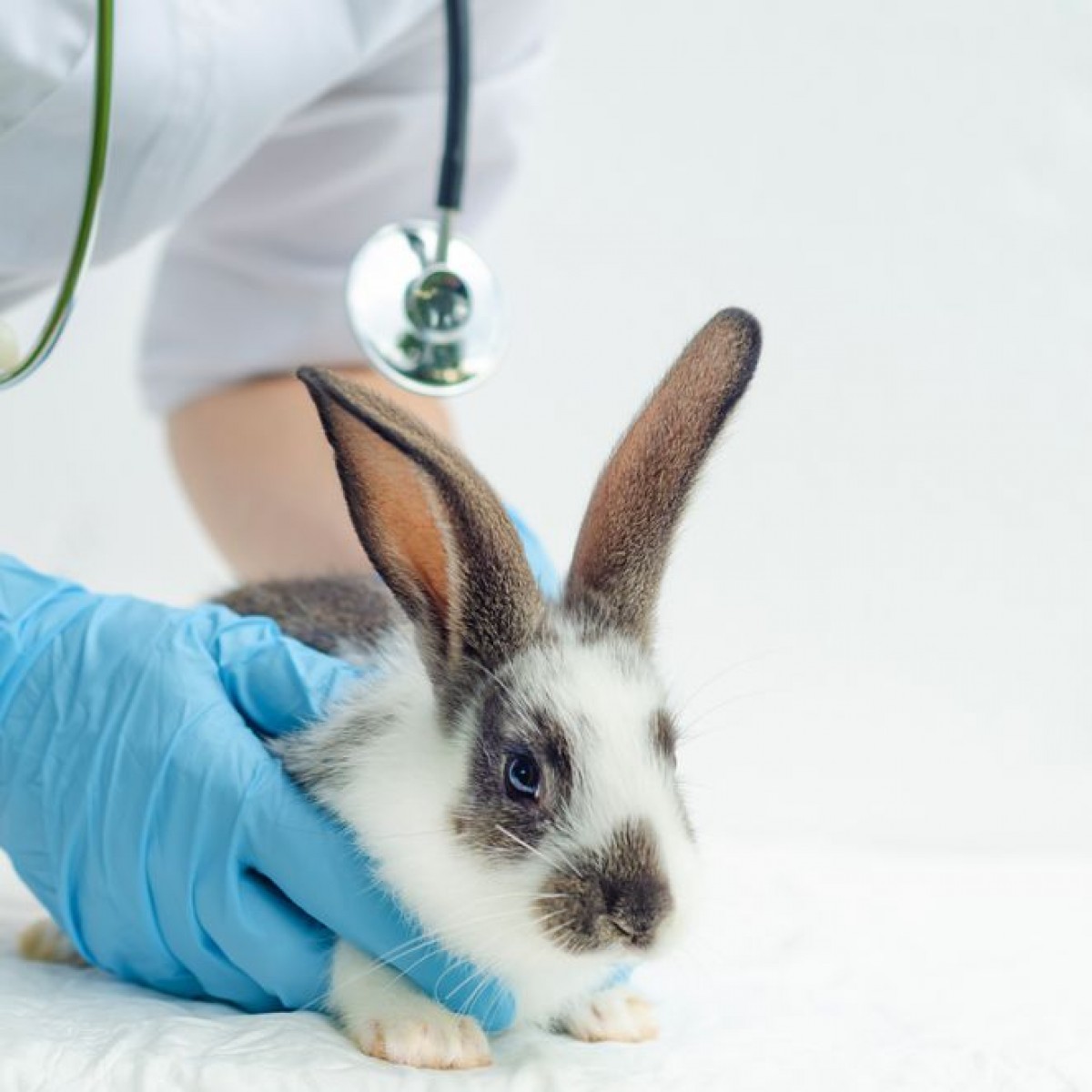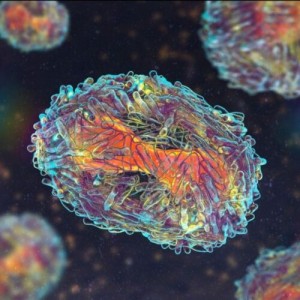Clinicopathological, radiographic indicators for orogastric decompression in rabbits with intestinal obstruction
Orogastric decompression is regularly recommended as a part of both medical and pre-surgical treatment for small intestinal obstruction in rabbits. However, guidelines as to when orogastric decompression is indicated are sparse.
Researchers examined the medical records of 35 rabbits diagnosed with gastrointestinal obstruction over a three-year period. The team evaluated differences in presentation, clinicopathological and radiographic examination findings, treatments and outcome.
Approximately 49% of the cases evaluated were considered to have non-life-threatening disease, while 51% were considered to have life-threatening disease.
The severity of gastric obstruction was correlated with the severity of hyperglycemia (average 25.7 mmol/L; 463 mg/dl) and corresponding hyponatremia (Na < 138 mmol/L; 138 mEq/L). These patients were treated with orogastric decompression and medical management only.
The authors concluded that blood glucose and sodium concentrations, in combination with radiographic findings, may aid clinicians in determining if orogastric decompression is indicated to stabilize rabbits with small intestinal obstructive disorders. Additional studies should be completed that strive for larger sample sizes to compare the differences in outcome between surgical and medical management. These studies should also investigate the outcomes of rabbits with hyperglycemia and hyponatremia that did not have an orogastric decompression performed.
Amanda C Steinagel and Barbara L. Oglesbee. “Clinicopathological and radiographic indicators for orogastric decompression in rabbits presenting with intestinal obstruction at a referral hospital (2015-2018).” Vet Record. 11 December 2022. e2481. doi: 10.1002/vetr.2481.














List
Add
Please enter a comment